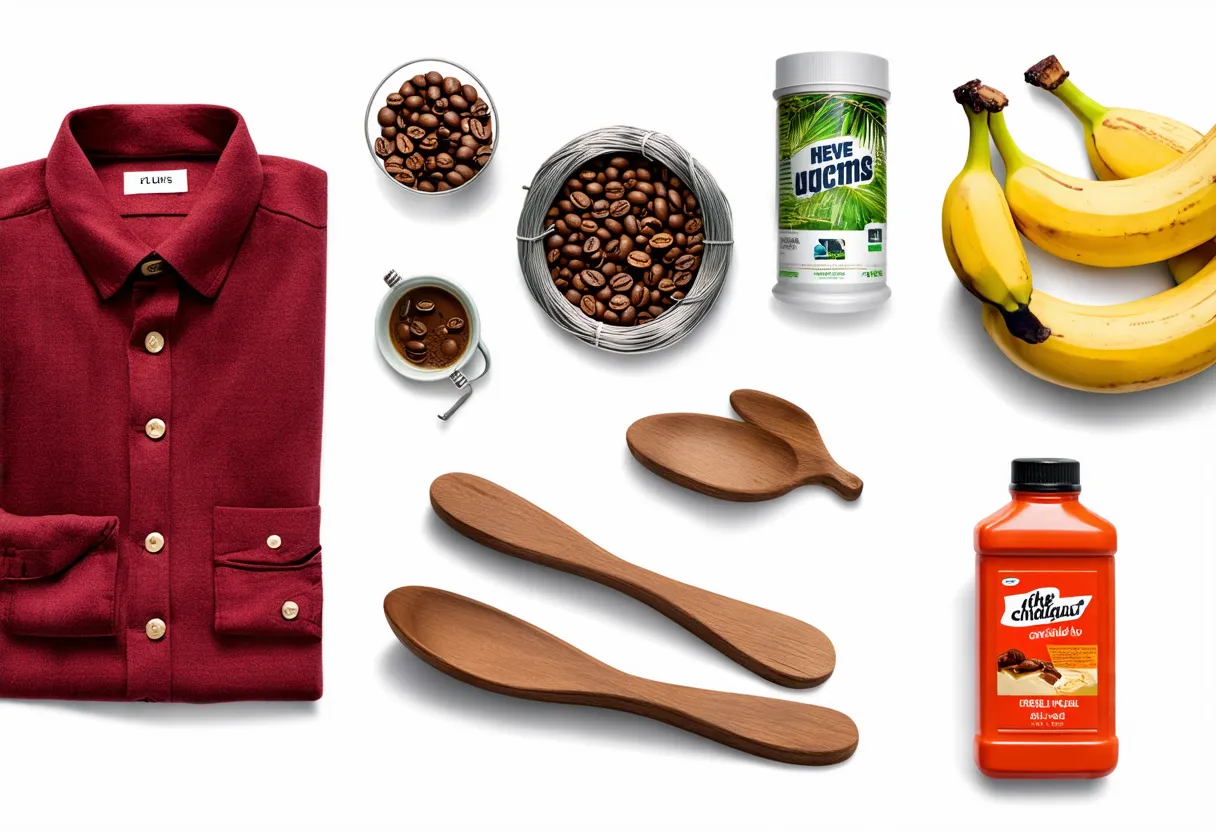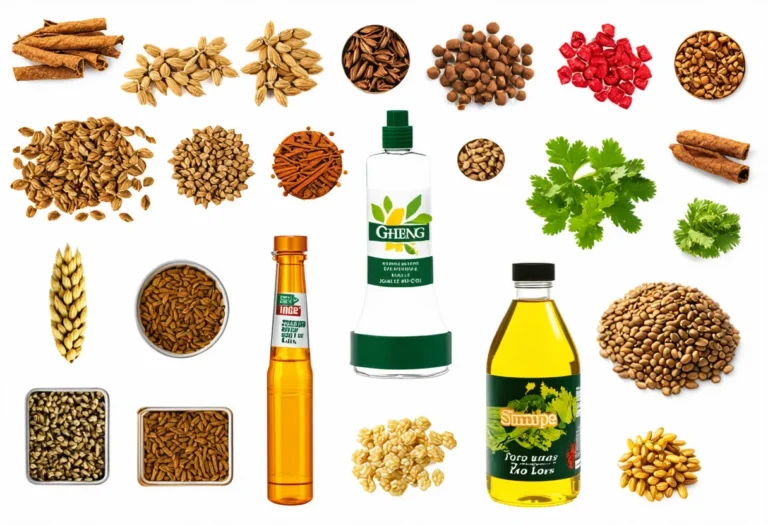Honduras, with a population of 10,432,860, is ranked 86th in the world, just behind Sweden. Located in Central America, it covers 112,490 sq. km, ranking 97th globally, just below Benin.
Honduras, with a GDP of $31,717,699,764.36 in 2022, holds the 101st position globally, trailing behind El Salvador with a GDP of $32,488,720,000. In terms of GDP per capita, Honduras ranks 135th with $3,040.17, falling short of Papua New Guinea, which ranks 134th with a GDP per capita of $3,115.92.
Despite facing economic challenges, Honduras continues to strive for growth and development in various sectors to improve its economic position on the global stage.
What are the economic activities of Honduras?
- Primary activities: 14.2% of GDP.
- Secondary activities: 28.8% of GDP.
- Tertiary activities: 57% of GDP.

Primary Sector of Honduras
Honduras’ primary sector, particularly agriculture, thrives due to its tropical climate and abundant natural resources. With 31.96% of the land dedicated to agriculture, the country produces a diverse range of products including sugarcane, oil palm fruit, milk, maize, bananas, coffee, cantaloupes/melons, chicken, oranges, and beans.
Despite agriculture contributing 14.2% to the GDP, its significance lies in the variety and volume of crops and animal products. These top ten agricultural products showcase the sector’s importance and its role in sustaining the country’s economy.
The country’s geological diversity contributes to a rich array of natural resources, driving its economy. Key resources include timber, gold, silver, copper, lead, zinc, iron ore, antimony, coal, fish, and hydropower, sustaining vital sectors like mining, forestry, and energy production.
Secondary Sector of Honduras
What is the secondary sector or what are secondary activities?
The secondary sector encompasses industries that transform raw materials from primary activities into finished products for consumption. In Honduras, main industrial products include sugar processing, coffee, woven and knit apparel, wood products, and cigars. These products are manufactured for domestic consumption and export, contributing significantly to the country’s economy.
In 2023, Honduras’ total exports are dominated by agriculture and textiles, with manufactures comprising a small percentage. This indicates a reliance on traditional industries for economic growth.
Tertiary sector of Honduras
What is the tertiary sector or what are tertiary activities?
The tertiary sector in Honduras encompasses services that provide knowledge and expertise to enhance productivity and meet various needs. Main activities include restaurants, healthcare, education, banking, communication, tourism, and transportation. These services contribute significantly to the country’s economic growth and development.
Among these, Honduras’ economy heavily relies on tourism, contributing significantly to its GDP. With 2,315,000 annual arrivals, amounting to 0.2219 tourist arrivals per capita, the industry thrives. Popular destinations include the Copán Ruins, a UNESCO World Heritage Site, and the idyllic Bay Islands, renowned for their pristine beaches and diving spots.
Another example of tertiary economic activity is the mobile cellular sector, with approximately 7.9 million subscriptions, supporting technological growth by enhancing communication and access to digital services across the population.
Military Activities and Economic Sectors of Honduras
The military is a key example of many economic activities. In the primary sector, resources are extracted for military use, like metals for weapons. The secondary sector involves manufacturing military equipment, such as vehicles and weapons. The tertiary sector includes services provided by the military, like training and logistics. The quaternary sector focuses on military research and development, while the quinary sector deals with high-level decision-making and strategy.
In Honduras, the military has an annual expenditure of 539.8 million US dollars, which is 1.5% of the country’s GDP. The active military force consists of 29,074 personnel, resulting in about 9 active military members for every 1,000 people in the population.
International Trade of Honduras
Import Activities of Honduras

Honduras heavily relies on imports, with total imports in 2023 reaching $2.19 billion, accounting for 69.16% of its GDP.
Honduras relies heavily on imports, with the US being the main partner at 47%. Key commodities include refined petroleum, cotton yarn, garments, synthetic fibers, and plastic products. Guatemala, China, El Salvador, and Mexico are also significant import partners, contributing to the country’s diverse import market.
Exports Activities of Honduras

In Honduras, export activities play a crucial role, accounting for 41.92% of GDP in 2023, totaling $13,295,012,454.49. This high percentage underscores the significant importance of exports to the country’s economy.
Honduras primarily exports garments, coffee, insulated wire, palm oil, and bananas. Its top export partners are the US (51%), Nicaragua (8%), El Salvador (8%), Guatemala (5%), and Germany (4%).
Honduras economy challenges in 2024
Honduras, the second-fastest-growing Central American economy, faces challenges in 2024. COVID-19 and hurricanes hurt the economy, with high poverty, inequality, crime, and corruption persisting. As a coffee and banana exporter, the country relies on remittances, but struggles with ongoing issues.




Leave a Reply